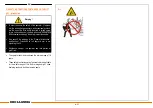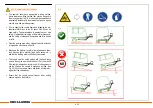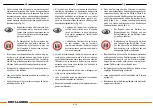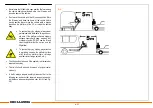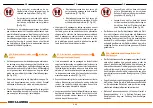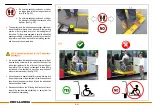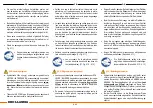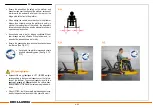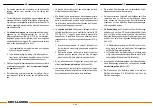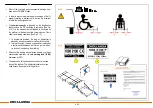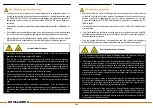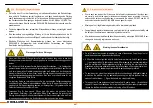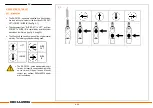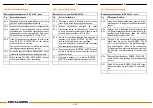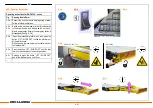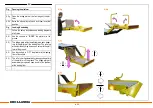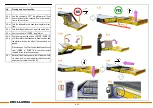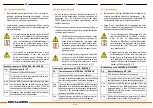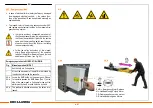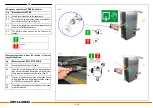
EN
A45
DHOLLANDIA
5.14
5.15
•
Most of the overload, and consequential damage, hap-
pens when LOWERING loads.
•
In order to prevent premature wear or damage of the lift,
possibly resulting in accidents with injuries, it is important
to follow the instructions below.
•
The nominal capacity is indicated on the identification
sticker and on the CE certificate of conformity [See Fig.
5.15]. It is the maximum weight allowed to be carried on
the platform in the best possible circumstances. This is
under the following conditions [See Fig. 5.14]:
1. In longitudinal direction: the load or wheelchair is
placed as close as possible to the floor of the vehicle
2. In lateral direction: the load or wheelchair is placed at
a central position between the lift arms (not out of cen-
tre to one of the sides op the platform).
•
Whenever the loading circumstances deviate from these
best possible conditions, the safe working load (=SWL)
decreases by 30%.
•
The dimensions of the wheelchair should never exceed
those of the platform. The wheelchair should never pro-
trude beyond the perimeter of the platform.
KG
KG
DHCH103.04
DHCH103.4 350kg 1200mm
!
!
Summary of Contents for DH-CH100 Series
Page 10: ...DHOLLANDIA A10...

